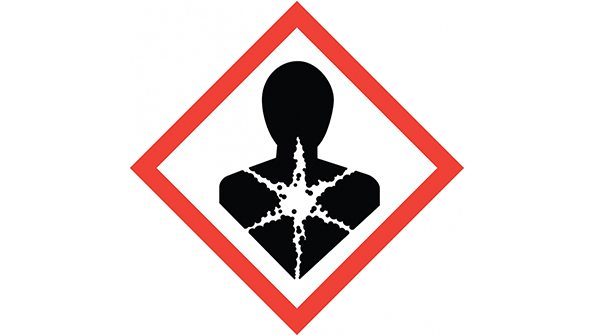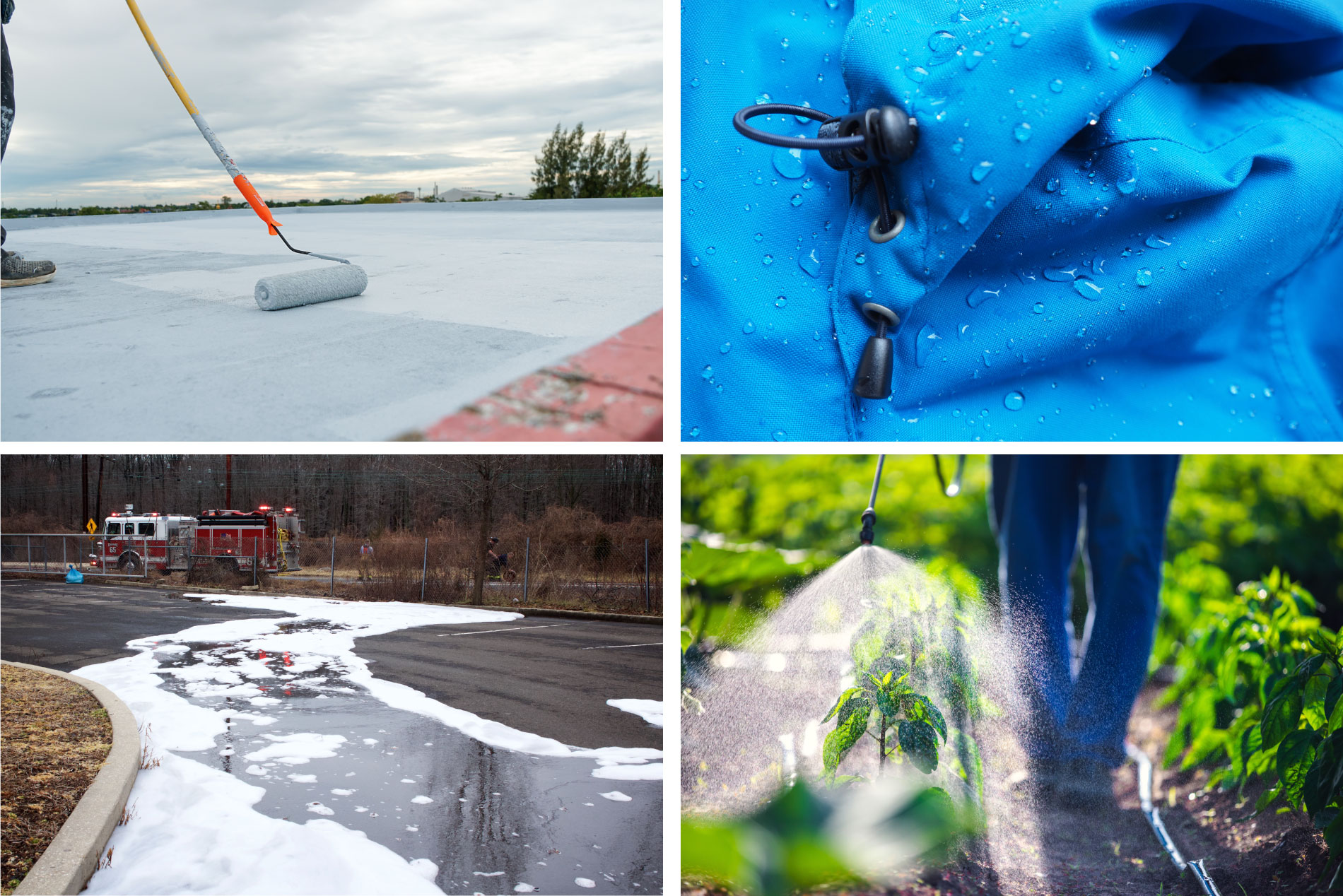The Occupational Safety and Health Administration (OSHA) provides a “Young Workers - You have rights!” webpage on its website, compiling regulatory and practical information for employers and workers. As we approach the annual spike in youth employment during the end-of-year Holidays, this provides a timely reminder to focus on the needs and rights of young people in workplaces. The webpage targets information as follows:
- Young Workers
- Employers
- Parents and Educators
- Real Stories
- Hazards
- Resources
The remainder of this note summarizes these materials, focusing on information useful to employers.
Read More
Tags:
Health & Safety,
OSHA,
Safety and Health at Work,
workplace safety
On October 24, 2023, WorkSafeBC, British Columbia’s provincial occupational health and safety (OHS) regulator and workers’ compensation overseer, issued a reminder to employers to address the hazards of workplace slips, trips and falls. The reminder began with a recitation that approximately 20 percent of all workplace injuries in the province relate to slips, trips, and falls. The agency also reported that “in the past six years, almost 41,000 workers in B.C. suffered slip-trip-and-fall injuries, including fractures, sprains, and dislocations.” The agency notice follows these statistics with reminders of what employers can and should do to reduce the likelihood and severity of these injuries. The remainder of this note summarizes this information.`
Read More
Tags:
Health & Safety,
Safety and Health at Work,
workplace safety,
Injury,
OHS
On September 13, the US Environmental Protection Agency (EPA) added to its website a portal with information about the agency’s many regulatory, research and informational efforts addressing carcinogen hazards and controls. This information supports the Biden Administration’s “Cancer Moonshot.” EPA undertakes carcinogen control efforts by applying legal authority under many of the environmental protection statutes it administers. The remainder of this note summarizes the agency efforts identified on EPA’s new web portal.
Read More
Tags:
Health & Safety,
EPA,
CAA,
tsca,
CWA,
NESHAPs,
FIFRA,
Healthcare,
Illness,
Cancer Moonshot
Several national laws empower the US Environmental Protection Agency (EPA) to set standards for the cleanup of contamination that resulted from accidental or deliberate releases of chemicals and other materials onto land or into water. EPA’s actions include direct requirements for cleanup by responsible parties, and also inform other parties’ evaluations of if and how to prepare contaminated areas for reuse – often referred to as “brownfields” since they’re assumed to be dirtier than never-used “greenfields.” The remainder of this note discusses EPA’s 73 page “Climate Smart Brownfields Manual,” issued by the agency in 2021
Read More
Tags:
Health & Safety,
EPA,
chemical safety,
Hazardous Waste,
Environment
Since 1982, the Occupational Safety and Health Administration (OSHA) has administered “Voluntary Protection Programs” (VPPs) to encourage employers to establish and implement worker Safety and Health Programs that exceed minimal efforts to comply with applicable OSHA standards. OSHA designs VPP eligibility to encourage employer/employee/OSHA cooperation, and to reward such cooperation by granting employers increased flexibility and reduced likelihood of inspection. OSHA presently oversees three programs (which I described in more detail HERE), and is undertaking a “VPP Modernization” initiative to evaluate ways for “modernizing, improving, and expanding” these efforts. On February 16 OSHA posted questions about possible changes, which I discuss in the rest of this note.
Read More
Tags:
Health & Safety,
OSHA,
Safety and Health at Work,
Employment,
VPP
The federal Occupational Safety and Health Administration (OSHA) provides additional non-regulatory guidance for the evaluation and reduction of workplace hazards that aren’t directly regulated by its standards. For example, OSHA provides a resource webpage on Seasonal Flu, which it recently updated with provide additional guidance and links to other health agencies’ resource pages.
Read More
Tags:
Health & Safety,
OSHA,
Healthcare
The Occupational Safety and Health Administration (OSHA) requires most employers with 10 or more employees at any “establishment” to prepare and maintain records of occupational injuries and illnesses (I&I) as they occur (I&I Logs). OSHA also requires employers to post an annual I&I Summary in each workplace “establishment” by February 1, summarizing I&Is in that workplace during the previous calendar year. OSHA also requires some employers to submit some of their I&I information electronically to the agency for review and compilation. (I wrote about revisions proposed in March 2022 HERE). In October, OSHA revised electronic procedures for its Injury Tracking Application (API), which subject employers must be ready to use for electronic reporting of 2022 information no later than March 2, 2023.
Read More
Tags:
Health & Safety,
OSHA,
API,
electronic I&I
As public and occupational health agencies around the word continuously reevaluate their responses to the spread of monkeypox (also called MPX), California has issued the first regulation-oriented guidance I’ve seen. On September 13, the Division of Occupational Safety and Health (DOSH, but universally called Cal/OSHA) issued “Protecting Workers from Monkeypox (MPX) for Employers and workers Covered by the Aerosol Transmissible Diseases Standard (Title 8 section 5199).” Depending whether MPX comes to be considered an epidemic, this Cal/OSHA effort may be the first of many – I’ve written about public health and OSH agency responses to the COVID-19 epidemic many times since 2020 – or an outlier reflecting California’s aggressive approach to potential hazards. The remainder of this note discusses the new guidance, which is targeted at health and public service workplaces but has relevance for other employers as well.
Read More
Tags:
Health & Safety,
CDC,
Safety and Health at Work,
Cal/OSHA,
Monkeypox
The Environmental Protection Agency (EPA) is issuing a proposal to list two perfluoro chemicals -- Perfluorooctanoic Acid (PFOA) and Perfluorooctanesulfonic Acid (PFOS) as hazardous substances under the federal Superfund law (Comprehensive Environmental Response, Compensation, and Liability Act (CERCLA)). This proposal is the latest in a string of regulatory actions by EPA to tighten controls on per- and poly-fluoroalkyl substances (PFAs); the initiatives are covered under the agency’s “PFAS Strategic Roadmap: EPA’s Commitments to Action 2021—2024,” promulgated in October 2021. The remaninder of this note describes the latest action, and summarizes the Strategic Roadmap.
Read More
Tags:
Health & Safety,
OSHA,
Safety and Health at Work,
chemical safety,
PFAS
The federal Occupational Safety and Health Administration (OSHA) applies wide-ranging authority to enforce its regulatory standards on subject employers. OSHA organizes this authority through a variety of enforcement programs, including a Severe Violator Enforcement Program (SVEP) focused on “employers that have demonstrated indifference to their OSH Act obligations by committing willful, repeated, or failure-to-abate violations.” On September 15, 2022, OSHA revised SVEP for the first time since 2010, significantly expanding its scope (Directive CPL 02-00-169, SVEP (9/15/22)). The rest of this note discusses SVEP, highlighting the latest revisions.
Read More
Tags:
Health & Safety,
OSHA,
Workplace violence









